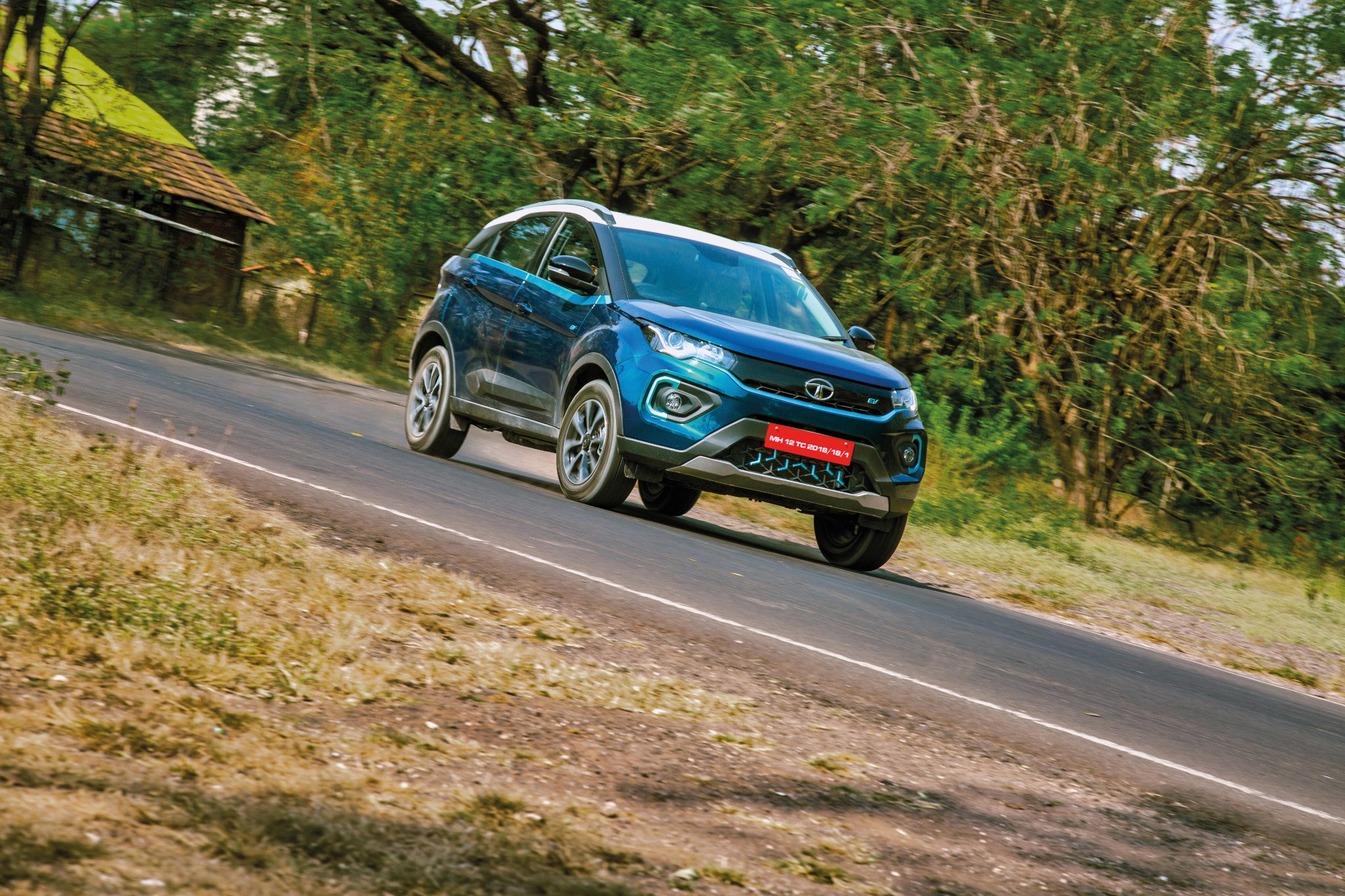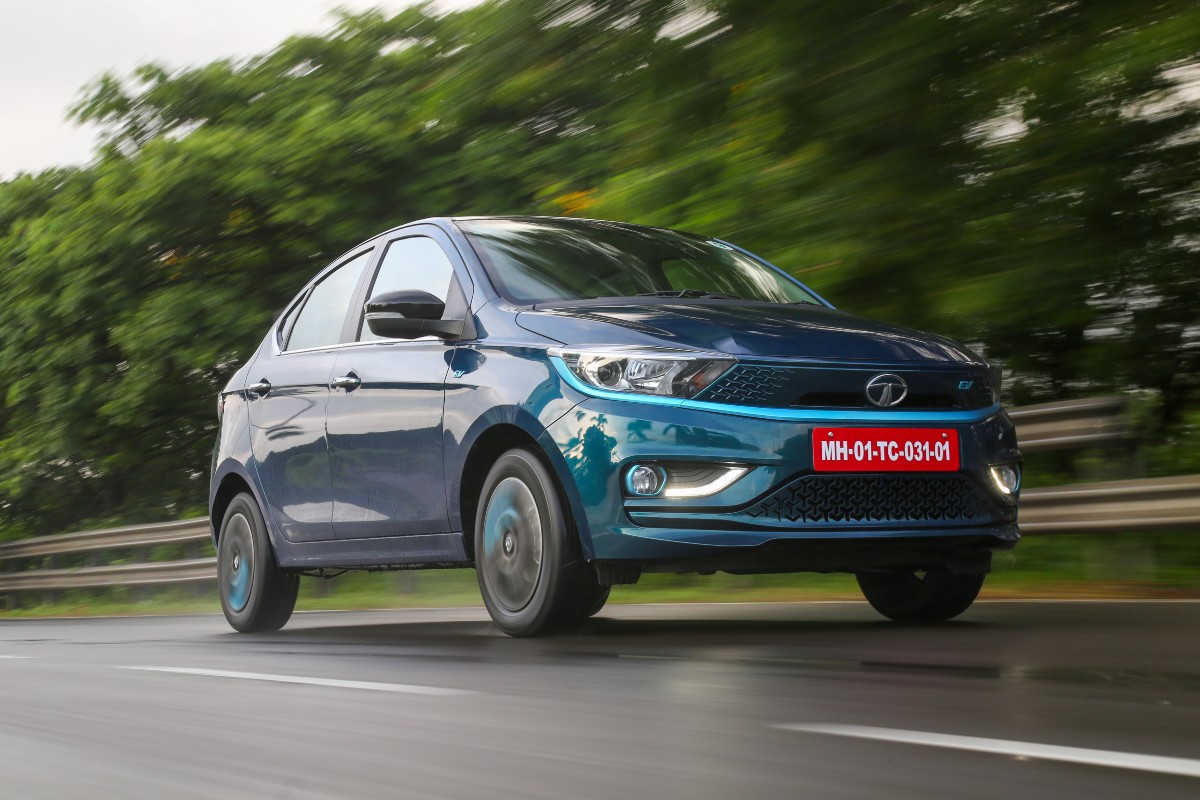Delhi withdraws EV subsidy, here’s how much you can save now
As Delhi government withdraws EV subsidy, we couldn’t help but wonder if buying an EV is still a bargain-basement
 Given how things are headed, your next vehicle might as well be fully-electric
Given how things are headed, your next vehicle might as well be fully-electricIn addition to ever-rising fuel prices and unsettling enviro-mortification footage by Nat Geo, government sanctioned subsidies really did help push the switch to electric vehicles in India. Though these benefits are capped and differ state to state, it did ignite the spark for the green revolution — precisely the motive behind these grants. With this nudge, EVs have (slowly, but surely) started to become more mainstream — look around and you’ll find a few in your neighbourhood. And with their growing popularity, manufacturers like Tata and Audi have already started to trickle down more and more green wheels in their product portfolio, while energy companies like Tata Power are promising increased charging infrastructure in the coming years. Yes, it’s time to embrace the change.
While the poke did help gain momentum, the Delhi government made headlines by withdrawing the subsidy on electric passenger cars — a benefit that discounted ₹10,000 per kWh of battery capacity, with the maximum amount being capped at ₹1.5 lakh per vehicle. Not that the plug has been pulled mid-way; the government had initially allocated the benefit to the first thousand cars only. Now, they’ve just decided not to extend the benefit as the desired outcome has been achieved. Instead, the Delhi government aims to shift focus to other categories of vehicles — electric two-wheelers and three-wheelers, as these are really popular among the early adopters.
But if you’ve been contemplating the decision of buying a four-wheeler EV, the question still remains — are they now any less attractive and are they still worth it?
 With a killer price tag, lower maintenance costs, and a heavy equipment list, the Tata Nexon EV is hard to ignore
With a killer price tag, lower maintenance costs, and a heavy equipment list, the Tata Nexon EV is hard to ignoreTo answer better, we’ve pulled out our calculators to simulate a real-world buying experience. And our benchmark is set by the Tata Nexon which, because of it’s excellent value-for-money proposition, is currently the best selling EV in the country. Also, its battery powered variant is priced just a tad bit higher than the petrol/diesel powered variant, a scenario that does tempt customers to take the leap.
The top-shelf ICE powered Nexon costs ₹15.55 lakh (on-road, XZA Plus (O), diesel), around Rs 2 lakh lesser than the Nexon EV (XZ Plus LUX) — a gap that was narrower when the subsidy was being offered. But then again, it’s one expense to buy a car and then it’s another to run, maintain and service it over the years. And this is where the extra buck spent comes to the rescue.
Considering that your vehicle is driven 50 kilometres daily, and taking into account days when it’s not being driven, you’re bound to drive close to 16,000 kilometres in a year. A typical driver should be able to extract 14 kilometres to the litre from the diesel Nexon, which uses a 1.5-litre turbocharged engine. Taking into account these permutations, running cost comes to approximately ₹ 99,428 for a year.
Wondering about the running costs of a petrol Nexon? Fret not, we’ve got you covered. With a sticker price of ₹ 13.68 lakhs (on-road, XZA Plus (O), petrol), it is around Rs 4 lakhs lesser than the EV variant we’ve taken into consideration. In the real world scenario, you should be able to extract 11 kilometres to the litre from the petrol Nexon, which uses a 1.3-litre turbocharged engine. With these numbers, the running costs should account to ₹ 1.38 lakh for a year.
The Nexon EV should do you 220 kilometres from a fully charged battery, which means you’d be charging it around 72 times in a year. Averaging the dynamic cost per unit that Delhi’s electricity is charged at (ranging from Rs 5.5 to Rs 10 per kWh), you would be spending around Rs 15,500 to charge the 30.2kWh battery pack that the Nexon EV comes with. Going by these calculations, the breakeven point for the extra money shelled while buying the EV should come in around two years for a diesel, and three years for a petrol. These calculations do not take into account the lesser maintenance cost that EVs offer — your annual maintenance is lower than that of a petrol/diesel variant and that should indicate that the break even point comes in quicker.
Most vehicles in India are owned for around five years, which means after you break even, there are savings to be made in the years of ownership after. Add to that the other benefits of owning an EV — their NVH levels are lesser, their drivetrain is a lot more smoother and they completely cut out any and all vibrations. The ease of ownership is further enhanced by the Nexon EV’s 8 years/1.6 lakh kilometre warranty on the battery and the motor. Then there’s the joy of doing your bit for society — with the Nexon EV you could minus 13.22 million grams of CO2 over five years, an equivalent to planting 122 fully grown trees.
 The Tata Tigor EV has actually been around for a long time
The Tata Tigor EV has actually been around for a long timeAs stated earlier, the subsidy introduced by the government was only to boost EV sales, and as EVs are now becoming more affordable and within the common man's reach, the transition to greener wheels should only increase further. Tata Motors has been a pioneer in this aspect as well, the Tigor EV is the least expensive EV in India and has a claimed range of 306kms.
Point to be noted here, these are indicative figures and calculations, and will vary due to a number of factors including driving conditions and vehicle maintenance. The early adopters have definitely made the most of the subsidy, but there’s still so much to gain with EVs. Currently, there isn’t a charge on their registration costs, which still makes them an attractive buy. Fact is, with the switch to electric happening faster than ever, your next vehicle might very well be powered by batteries. Luckily for you, we’ve driven them all, ranging from the Tata Tigor EV to the Audi e-tron GT, and everything in between — the Hyundai Kona, the MG ZS EV, the Mercedes-Benz EQC, the Jaguar I-Pace, and the Audi e-tron.


